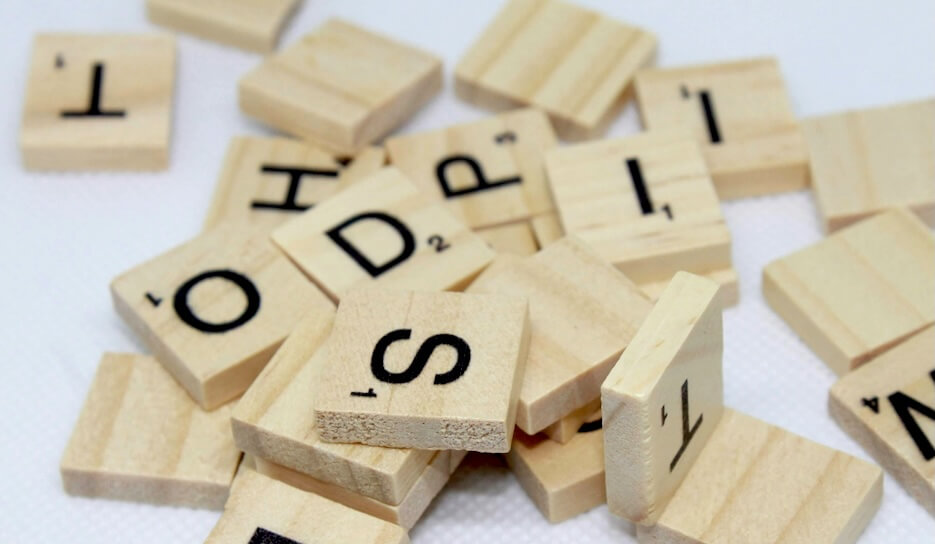The Benefits of Clean Language for Coaches

Susan (not her real name) is describing to her coach how much she has on her plate:
“I have just taken on some new responsibilities, so my team has expanded. There’s a new CEO who is great, but she is driving us hard to make some quick changes and that is adding to the pressure. I feel like I am spinning so many plates and there is a danger that one is going to drop.”
The coach (with good intent) offers a summary but, without consciously being aware of it, introduces her own sense-making and interpretation and layers that onto her client’s experience:
“So, I am hearing that you have a lot on, and you are feeling overwhelmed…”
Her coachee bridles. ‘Overwhelmed’ is a powerful word and has negative connotations for Susan. She is definitely not overwhelmed, just feeling the need to take time to think through her priorities and not lose her focus.
The strength of the rapport and relationship between Susan and her coach will determine what happens next…will Susan feel the trust is there for her to correct her coach, or will she feel that her coach is not listening and withdraw slightly?
It is this kind of interaction that led David Grove, the founder of Clean Language, to develop a set of questions to enable the client to stay within their own experience without being distracted or influenced by the therapist’s own ideas or assumptions.
David’s ideas were formulated during his work with war veterans and were later built on by Penny Tompkins and James Lawley who developed Symbolic Modelling to make clean language available to fields outside of therapy, including coaching.
Alongside a set of clean questions, this approach encourages us to pay close attention to the language, and in particular, the metaphors that our coachee is using.
Metaphors are a crucial part of our language and enable us to convey complex and conceptual thinking. Our metaphors are a container for our inner wisdom and a deep understanding that may not be fully recognised by our conscious mind.
Whilst beguilingly simple as an approach, it is profoundly powerful as a way of supporting our coachee’s deeper exploration of how they are making sense of what is happening, and how they can shift their relationship to it in order to move forward. It also supports us as the coach to remain non-judgemental – and to be aware of how our judgement can unconsciously creep into the conversation.
Top tips for bringing more of a clean language approach into your coaching practice
- Get curious about the language and body language your coachee uses – the specific words, phrases, metaphors and gestures they use to describe what they are experiencing. Remember that our words and gestures carry with them a depth of meaning, often hidden just beneath the surface. It’s not an accident that our coachee has chosen those words.
- Notice your own language – when do you substitute one of your own words, phrases or metaphors? What is the impact on your coachee when you do? How conscious are you of doing it?
- Practice playing back the key words, phrases, metaphors or gestures that you hear, using your coachee’s exact words (or actions) – and notice the impact on your coachee.
- If you hear your coachee using a metaphor to describe their experience, encourage them to explore it further with some clean questions e.g. “and what kind of (coachee’s words) is that (coachee’s words)?”
- If you do introduce your own words, phrases or metaphors, it is important to signal that you are aware of that and offer it to your coachee e.g. “and these are my words…” or “this is my metaphor…” and then check how it resonates with your coachee “how accurate is that?” or “what sense do you make of that?” This ensures the coachee feels heard and builds the trust and rapport in the relationship.
Back to Susan. Remember she has chosen her words for a reason, even if she is not consciously aware of it. Her statement is laden with metaphorical language. All we have to do is stay curious and non-judgemental, and hold a belief in the potential of our coachee.
Her coach, relaxing into her chair, pauses and simply plays back what she is hearing…”so, you are spinning so many plates, and there is a danger that one is going to drop.”
“That’s exactly it” says Susan “and there are so many of them, I just need to work out which ones I need to spin faster and which ones can be allowed to wobble a little…”
Get free coaching and mindfulness resources
Join our community for free and get a host of free resources, including our guide to becoming a professional coach, access to our coaching webinars, a free mindfulness e-kit and much more.
